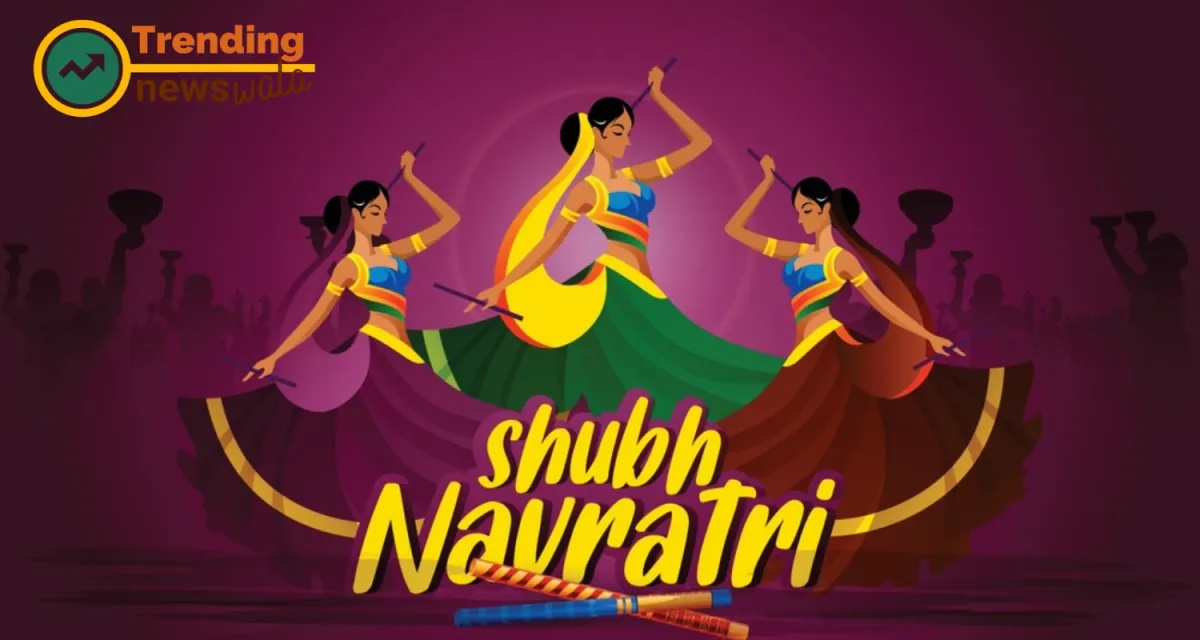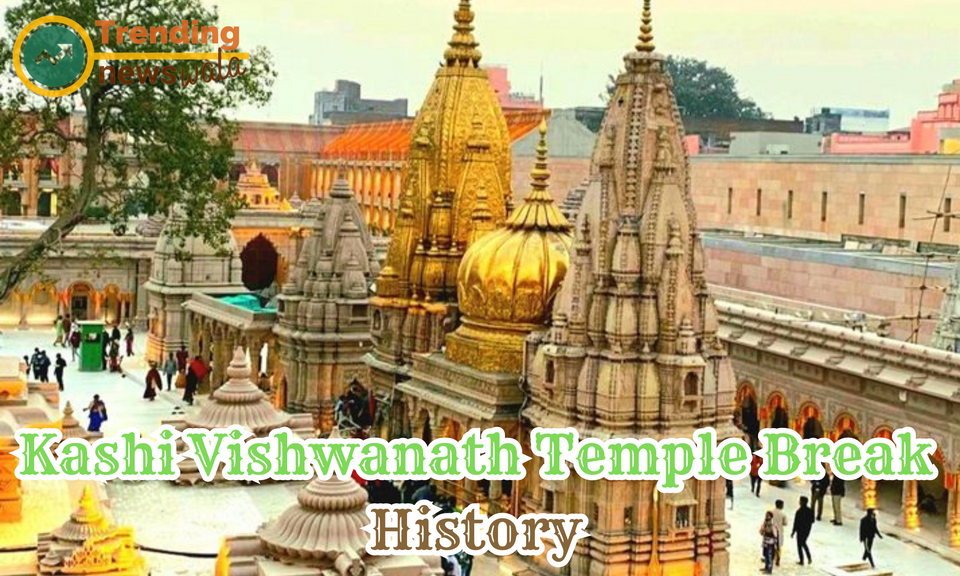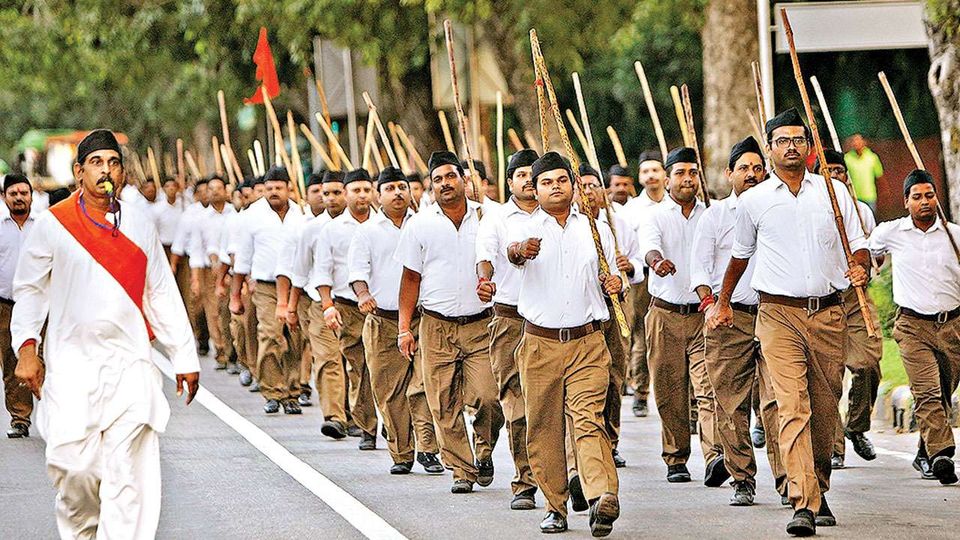Navratri 2025: The Nine Sacred Nights of Divine Celebration ✨

Navratri, the festival of nine nights, is not just a celebration—it's a spiritual journey of devotion, discipline, dance, and divine feminine energy. 🌸 Spanning nine sacred nights and ten vibrant days, Navratri 2026 will be observed from October 9 to October 18, invoking the blessings of Goddess Durga in her nine powerful forms. 🕉️
From fasting and prayers to Garba nights and Dandiya Raas, Navratri unites millions of devotees across India and around the world. In this article, we will dive deep into everything you need to know about this grand Hindu festival—its mythological roots, rituals, cultural significance, daily colors, fashion tips, and more. 🎉
What is Navratri? 🔱
Navratri literally means “nine nights” in Sanskrit—‘Nav’ meaning nine and ‘Ratri’ meaning night. It celebrates the triumph of good over evil and honors Goddess Durga, who symbolizes Shakti (divine feminine energy). Each day is dedicated to one of her nine forms, known as the Navadurga. 🪔
The Nine Forms of Goddess Durga 👑
Each of the nine nights celebrates a different avatar of Durga. Here’s a brief look at them:
- 🌼 **Shailaputri** – Daughter of the mountains, symbolizes strength and purity
- 🌸 **Brahmacharini** – Goddess of penance and devotion
- 🔥 **Chandraghanta** – Warrior goddess who destroys evil
- 🌺 **Kushmanda** – The creator of the universe
- 🌹 **Skandamata** – Mother of Lord Kartikeya
- 🕉️ **Katyayani** – Fierce form of Durga, the destroyer of demons
- 🌙 **Kalaratri** – Dark and powerful form, removes ignorance
- 💫 **Mahagauri** – Symbol of peace and serenity
- 🏵️ **Siddhidatri** – Giver of supernatural powers
The Legend Behind Navratri 📖
According to Hindu mythology, the demon king Mahishasura wreaked havoc in all three worlds. Lord Brahma, Vishnu, and Shiva created Goddess Durga to destroy him. After a fierce battle lasting nine days and nights, she slayed him on the tenth day—celebrated as **Vijayadashami** or **Dussehra**. 🗡️
Navratri is thus a celebration of the divine feminine's victory and empowerment, just like other Ancient Festivals of India that honored seasonal changes, nature, and cosmic cycles. 🌞🌑
Navratri Colors and Their Significance 🎨
Every day of Navratri is associated with a unique color that represents the qualities of the goddess for that day. Here’s the color guide for Navratri 2026:
| Day | Form of Goddess | Color | Significance |
|---|---|---|---|
| Day 1 | Shailaputri | Yellow 💛 | Joy and happiness |
| Day 2 | Brahmacharini | Green 💚 | Prosperity and growth |
| Day 3 | Chandraghanta | Grey 🩶 | Balance and strength |
| Day 4 | Kushmanda | Orange 🧡 | Energy and vibrance |
| Day 5 | Skandamata | White 🤍 | Purity and peace |
| Day 6 | Katyayani | Red ❤️ | Power and passion |
| Day 7 | Kalaratri | Blue 💙 | Fearlessness |
| Day 8 | Mahagauri | Pink 💖 | Love and kindness |
| Day 9 | Siddhidatri | Purple 💜 | Spirituality and wisdom |
How Navratri is Celebrated Across India 🇮🇳
1. Gujarat – The Land of Garba and Dandiya 💃🕺
Gujarat is synonymous with colorful Garba nights and vibrant Dandiya Raas dances. People dress in traditional attire—chaniya cholis and kediyus—and celebrate in open grounds with music and joy.
2. West Bengal – Durga Puja Extravaganza 🎊
The last four days of Navratri are celebrated as Durga Puja, especially in Bengal. Grand idols of Maa Durga are worshipped, and pandals are adorned with elaborate decorations.
3. Maharashtra – Fasting and Festivities 🙏
In Maharashtra, Navratri includes both devotional and festive activities. Many women organize Haldi Kumkum ceremonies and observe fasts. Homes are decorated with marigolds and rangoli. 🌼
4. South India – Golu Dolls Display 🪆
In Tamil Nadu, Andhra Pradesh, and Karnataka, families set up Golu—tiered displays of dolls representing gods, goddesses, animals, and daily life. Cultural events and devotional singing are part of the tradition.
Fasting and Food During Navratri 🥗
Fasting is a spiritual detox and a form of devotion during Navratri. People avoid grains and stick to fruits, milk, and special flours like Singhara (water chestnut) and Kuttu (buckwheat). Popular Navratri recipes include:
- 🍠 Sabudana Khichdi
- 🥔 Aloo Tikki
- 🥣 Lauki Halwa
- 🥛 Lassi and fruit bowls
What to Wear During Navratri 2025 👗
Dressing up in the color of the day is a cherished tradition. Here are some fashion tips:
- 👚 Chaniya Choli or Lehenga for women
- 👕 Kurta Pajama or Kediyu for men
- 🩵 Accessories like oxidized jewelry, bangles, and bindis
- 👟 Comfortable juttis or mojris for dance nights
Take style inspiration from other cultural events like Raksha Bandhan, where traditional attire and vibrant colors rule the occasion. 🌈
Navratri 2025 Dates and Tithi ⏰
- 🌙 Pratipada (Day 1) – October 9
- 🌙 Ashtami (Day 8) – October 16
- 🌙 Navami (Day 9) – October 17
- 🌞 Vijayadashami – October 18
Why Navratri Matters in Modern Times 🧘♀️
Navratri is more than just a religious festival—it’s a time to recharge spiritually and emotionally. It encourages:
- 💡 Mindful living and detoxing
- 🎭 Celebration of community and art
- 🙏 Honoring women and divine energy
- 🧠 Reflection and gratitude
Conclusion: Nine Nights of Faith, Fun, and Festivity ✨
Navratri 2026 promises to be a colorful, meaningful, and spiritually enriching experience. From the divine energy of Maa Durga to the beats of Garba, it’s a time to immerse in celebration while staying connected to ancient roots and values. 🕉️
Let these nine nights be your reminder to shine with positivity, dance with joy, and seek the divine within. 💫
Wishing you a blessed and beautiful Navratri 2026! 🙌





